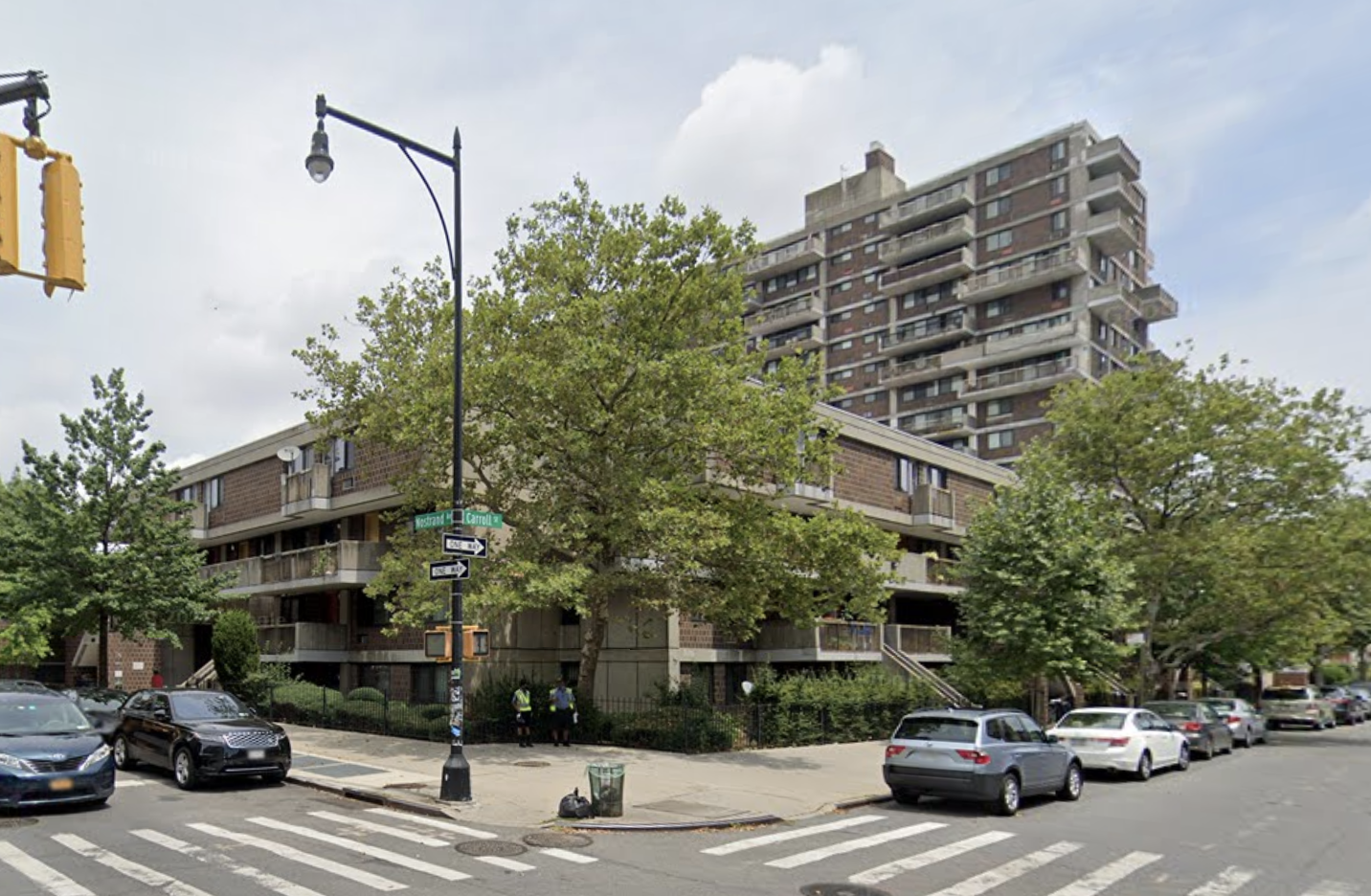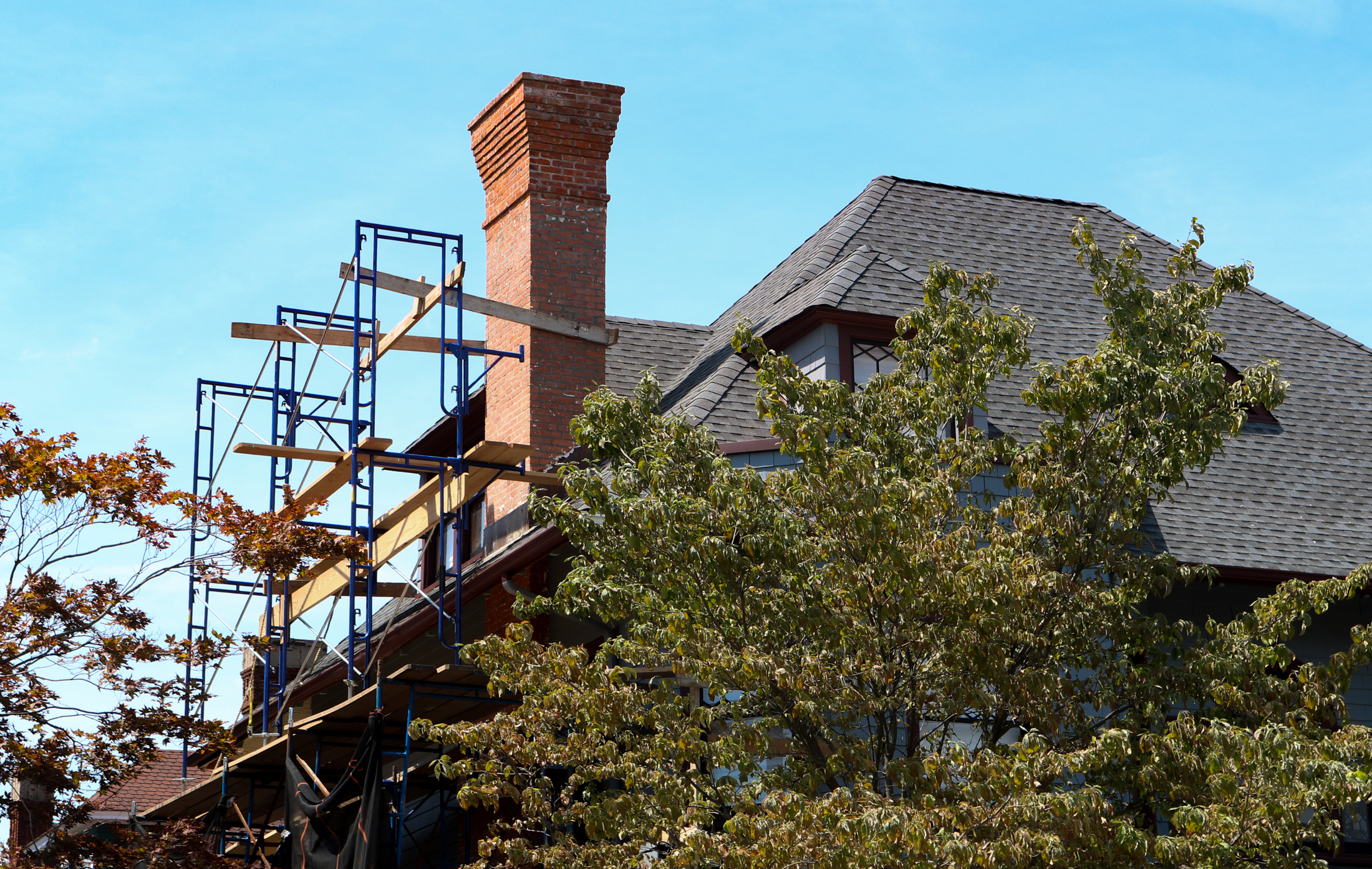Report: Subprime Foreclosures Rampant in Brooklyn
On Friday the Federal Reserve Bank of New York released data listing how many subprime loans there were in New York state in October (broken down by zip code) and how many of those loans were in foreclosure. Bottom line? Bad news for Brooklyn, especially in the zip codes that include Crown Heights, Bedford-Stuyvesant, East…


On Friday the Federal Reserve Bank of New York released data listing how many subprime loans there were in New York state in October (broken down by zip code) and how many of those loans were in foreclosure. Bottom line? Bad news for Brooklyn, especially in the zip codes that include Crown Heights, Bedford-Stuyvesant, East New York, Williamsburg, and Bushwick. As reported in the Daily News, there were foreclosure proceedings under way for 25 percent of homeowners with subprime mortgages in 11233, which covers Bedford-Stuyvesant and Crown Heights. That subprime foreclosure rate is almost four times the national average of 6.89 percent. As the chart above shows, subprime foreclosure rates were also high in other Bed-Stuy/Crown Heights codes (11212, 11213, 11216, and 11238). The data also shows that 435 homes with subprime loans in East New York were in foreclosure. Foreclosure rates on properties in the zip codes covering Williamsburg and Bushwick, meanwhile, were also high (though the total number of subprime loans in those Zips was smaller than in Bed-Stuy, Crown Heights and East New York): 22 percent of homes with subprime loans in the 11221 Zip code were in foreclosure.
Brooklyn Neighborhoods Top Subprime Foreclosures in Nation [NY Daily News]
New York Fed Releases Zip Code Level Data on Nonprime Mortgages [NY Fed]





When I lived in Fort Greene, my zip code was 11205. Now that I live in Bed-Stuy, my zip code is still 11205. These stats are useless without any real knowledge of the neighborhoods.
It appears in the short term that ARM’s re-setting is sort of taking care of itself in that the re-set rates are very low due to historically low Libor rates. At least in the short term, this may not be the major issue everyone feared.
4:40 –
I went to the fed data and did the math in the excel sheet, and for Brooklyn:
of 13547 Subprime loans
1984 In Foreclosure
1255 30-59 Days Overdue
576 60-89 Days Overdue
618 90+ Days Overdue
83 REO
4516 in some kind of trouble
Another 3556 with ARMs resetting between Apr 08 and Sep 09.
I agree 3:42 (and 3:43 incidentally). If you do the math on the percentage and # of foreclosures it works out to be around 1300 – 1600 total homes (Or Units) in foreclosure. Is this really something to panic about? Maybe in Omaha or Fargo, but not in Brooklyn, this represnts something like 1 – 2 % of all households tops.
Perspective people – Dont just accept the hype the media feeds you at face value. Statistics always lie, and you can make them show whatever you want.
Interesting note on the new home sales data released today:
“Regionally, the northeast is the least important part of the country for new home sales, but it is also the strongest. There were 65,000 new homes sold in that region last year, up 3 percent from 2006. But the other three regions were all down at least 26 percent, with the west (California, there you go) off the most at 32%.”
Park Slope = MILF central
shouldn’t we be looking at the total number of households that have mortgages in Brooklyn for a true picture of the housing “crisis”. I mean, it’s like a doctor, telling someone they are going to die, watching them turn white with fear, then telling them that he meant that they would die of old age. Last I checked, there were about 2.5 million people in Brooklyn, and I would guess that there are upwards of half a million mortgages compared to the few hundred “subprime” forclosures. Some perspective please!
to 3:33: you are misreading the chart. The foreclosure rate on 11201 SUBPRIME mortgages (of which there are only 36 — not many people with enough money to buy in Brooklyn Heights have low credit scores, which is what defines “subprime”) is 13.9%.
If the issue is the Brooklyn real estate market, the small number of foreclosures isn’t the point.
Given NY’s rapid price rises, most people who get in trouble with their loans should still have some equity, unless they bought or extracted all their equity in the last year or two. Those people are going to sell, not go into foreclosure; they won’t show up in the foreclosure statistics, but they will affect prices.
If buyers are not willing to jump, they’ll cut their prices. Once buyers notice prices dropping, they’ll be more inclined to hold out for bargains, and that will force other sellers to cut as well.
Once sellers readjust their ideas of what their place is worth, cuts may come very fast. People aren’t going to put their lives on hold for long just because the house they bought for $50,000 is worth $1.5 million instead of the $2.5 million they hoped for last year. Given what’s happening in the rest of the country, you can still trade your Park Slope brownstone for a fully paid retirement at the resort town of your choice.
So the foreclosure numbers are just a indication of the trend, not an indication of how big the problem is.
Meanwhile, the most interesting statistic is how many loans are still left to adjust — which should give some indication of how many people are not yet in trouble but may be soon. That’s on the end of the Fed’s spread sheet, and the numbers are big, especially if you include the Alt-A (liar’s loans) too.